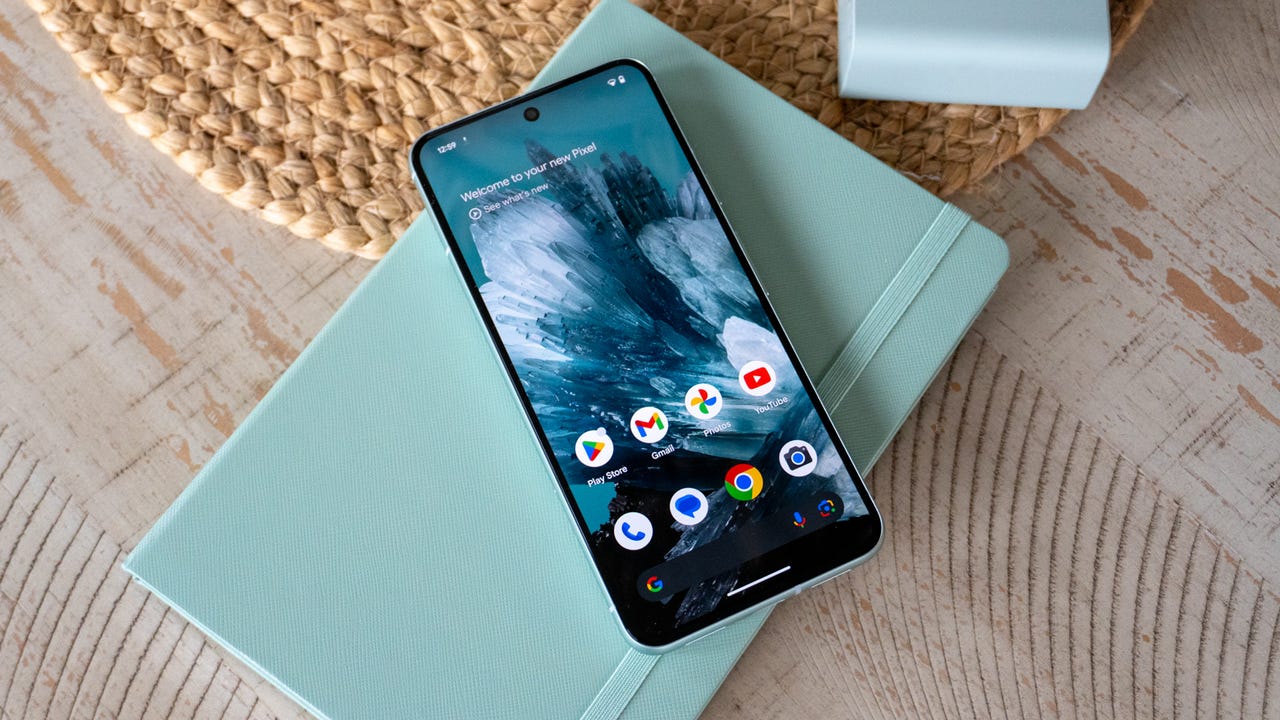
Almost every little thing you do in your desktop, laptop computer, cellphone, and pill begins with a Area Identify System (DNS) question. Primarily, DNS turns domains (resembling ZDNET.com) into an IP deal with so internet browsers and apps know the place to get the data you need. With out DNS, you’d wind up having to kind 34.149.132.124 each time you wished to go to ZDNET.com. Even by merely operating a Google search, DNS is at work.
Additionally: How to change your IP address with a VPN
The issue is that normal DNS is not encrypted, which means all of your queries are despatched over the community as plain textual content.
Why is non-encrypted DNS an issue?
As an instance you are on a public network (like a espresso store), and also you begin trying to find issues in your Android machine. Or perhaps you need to entry a CMS or different work device and you do not need the general public to know the deal with you are typing. If another person is on the identical community and has the talents, they might intercept your non-encrypted search queries (or the URLs you go to) and know precisely what you are in search of.
That is the place Personal DNS Mode comes into play. When you allow this characteristic, all your DNS queries are encrypted, so any dangerous actors will not be capable of view them (even when they seize these packets). In different phrases, Personal DNS Mode needs to be an absolute should for anybody who values their privateness and safety.
Additionally: The best VPN services: Expert tested and reviewed
However how do you allow Personal DNS Mode on Android? It is really fairly easy. Let me present you ways.
Methods to allow Personal DNS mode on Android
What you will want: The one factor you could allow Personal DNS Mode is an Android machine operating not less than Model 9 of the working system (which was launched in 2018). So just about each fashionable Android phone is able to enabling the characteristic.
Open the Settings app (both from the Notification Shade or the App Drawer) after which faucet Community & Web. When you’re utilizing a Samsung Galaxy machine, you will go to Settings > Extra Connection Settings.
The “Community & web” possibility ought to seem on the prime of the Settings app.
Jack WallenZDNET
You may discover the entry for Personal DNS close to the underside of the Community & Web window. On Galaxy gadgets, will probably be situated in the midst of the Extra Connections settings checklist. When you do not discover it, return to the primary Settings web page and do a seek for Personal DNS.
The Personal DNS entry is within the Community & Web part of the Settings app.
Jack Wallen/ZDNET
That is the place it could get a bit difficult. It is advisable to have the deal with of a supplier that provides Personal DNS. This is my supplier of selection:
1dot1dot1dot1.cloudflare-dns.com
Another potential hostnames you need to use:
- Google DNS: dns.google
- Quad9: dns.quad9.internet
- Cleanbrowsing DNS: security-filter-dns.cleanbrowsing.org
- Open DNS: 208.67.222.222
- NextDNS: 45.90.28.0
- Comodo Safe 8.26.56.26
- OpenNIC: 192.95.54.3
Be aware: Though the above free DNS companies are all price attempting, I like to recommend going with Cloudflare (1dot1dot1dot1.cloudflare-dns.com). I discover it the quickest and essentially the most safe of the bunch. On prime of the velocity, Cloudflare provides DNS filtering into the combination, which may also help forestall e-mail from being despatched from malicious IP addresses.
Once you faucet Personal DNS, a brand new pop-up will seem. Faucet Personal DNS Supplier Hostname, after which kind the hostname for the DNS supplier of your selection.
Determine 2: Including a Personal DNS supplier for Android.
Jack Wallen/ZDNET
You can too select Automated, which can mechanically change to Google’s Personal DNS when it is accessible. For individuals who aren’t so fast to belief Google for such a characteristic, I like to recommend deciding on Personal DNS after which typing the deal with to your supplier of selection. Faucet Save to avoid wasting the brand new setting and shut the Settings app.
Additionally: 7 password rules to live by in 2024, according to security experts
And that is all there may be to it. As soon as you have enabled Personal DNS on Android, your DNS queries are encrypted. Get pleasure from that added privateness and safety.











